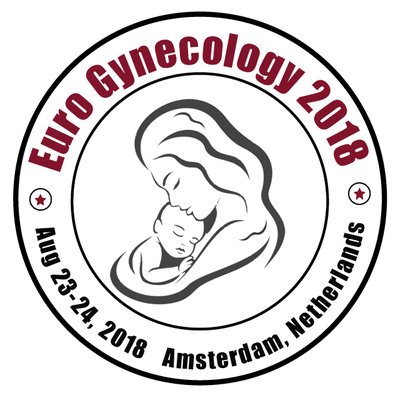Role of topical oxytocin in improving vaginal atrophy in postmenopausal women: A randomized, controlled trial
Asem Anwar Moussa, Torky H A, Taha A, Marie H, El-Desouky E, Raslan O, Ahmad A M, Abo-Louz A, Zaki S, Fares T and Eesa A
Al-Azhar University, Egypt
October 6th University, Egypt
Cairo University, Egypt
Al-Galaa Teaching Hospital, Egypt
: J Womens Health, Issues Care
Abstract
Objective: Prospective randomized controlled trial to test the effectiveness of topical oxytocin gel to improve vaginal atrophy in postmenopausal women. Patients & Methods: A total of 140 postmenopausal women presenting with vaginal atrophy and who satisfied the inclusion and exclusion criteria were randomized into two groups each of 70 patients; they received intra vaginal oxytocin gel or placebo gel for 30 days. Serum estrogen level, visual, colposcopic and histological vaginal examination was performed before and after treatment. Results: 47 out of 70 women in the oxytocin gel group improved after treatment and none in the placebo group (p=0.001). 45 participants in the oxytocin group and seven in the placebo group reported relief of dyspareunia (p=0.001). 34 participants in the oxytocin group and seven in the placebo group reported relief of soreness (p=0.001). There was no significant difference between the circulating levels of estradiol in both groups before and after treatment (p=0.4 and 0.6 for the oxytocin group and the placebo group, respectively). Conclusion: Oxytocin gel is useful in the restoration of the vaginal epithelium in cases of postmenopausal atrophic vaginitis. Further studies with a longer follow-up period are required to test the long-term effects of oxytocin as a treatment for vaginal atrophy.
Biography
E-mail: dramoussa77@hotmail.com
 Spanish
Spanish  Chinese
Chinese  Russian
Russian  German
German  French
French  Japanese
Japanese  Portuguese
Portuguese  Hindi
Hindi 



